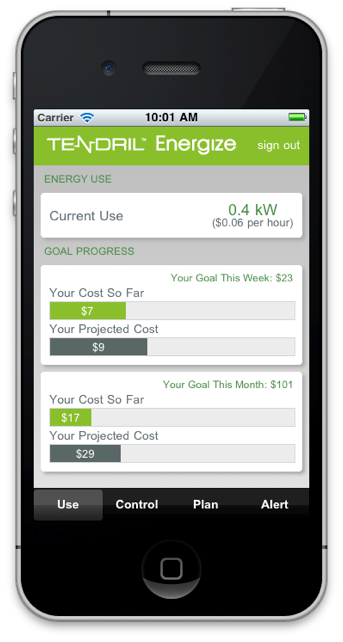The New York Public Service Commission (Commission) has embarked on the landmark Reforming Energy Vision (REV) proceeding to design a new business model for electric utilities. Today’s business model allows utilities to earn revenues based on how much money they spend to supply and deliver electricity. Under the new model, utilities will earn revenues based on the value of services they deliver to customers and the environment.
Currently, utilities dominate the electricity service market, limiting customer access to the full range of products and services otherwise available in a truly open market. One focus of the proceeding is to remove the barriers preventing third parties, such as retail electric suppliers, solar energy companies, or smart meter providers, from fully participating in the energy market. Allowing full participation by third parties would lead to increased innovation and fuel the development of new products and services.
Several barriers limit third-party participation
To be sure, non-utility companies currently do play a role in today’s electricity markets, but their participation is curbed by several barriers. The first is a limit on the type of revenues they can earn. For example, smart meter providers and open standards-based cloud platforms, like Tendril Connect, earn revenues today by enabling customers to more effectively conserve energy and thus lower their utility bills. Yet these companies provide other benefits to the electricity market as well, such as reduced carbon emissions, improved system efficiency from producing and delivering power locally, or lowering stress on the power grid during times of peak demand. As a result, utilities might be able to avoid or delay costly infrastructure investment, leading to lower electricity prices. These benefits are real, but non-utility players can’t earn revenues for these services under the current regulatory environment. A new utility business model should allow energy service companies to earn revenues from all the benefits they provide.
Another barrier arises from how electricity rates are developed. Electricity rates are set based on the average annual cost of serving a customer, and customers pay the same rate regardless of the time of day they use electricity despite the fact that electricity is more costly to produce during the middle of the day when usage is at its peak. A reformed business model would give customers the option of paying different rates based on their time of usage, allowing customers greater control over their electricity bill. Once electricity pricing gravitates away from a monolithic, one-size-fits-all structure to better reflecting consumer behavior and choices, customers will have greater incentive to adopt renewable energy or energy efficiency measures offered by third parties.[Tweet “Removing barriers to 3rd-party participation in electricity markets is key to greater use of clean energy solutions http://ow.ly/BhXDn “]
Access to customers would help third parties compete
Lack of customer data is another barrier third parties must overcome. A new business model would give customers easy access to the detailed energy data they need to control their energy use and reduce their electricity bills, which in many cases they don’t have. Once customers are granted such access, they would be able to share their energy profiles with non-utility businesses that could then customize products and services, allowing customers to maximize their value. Indeed, granting third parties access to customer data drove many innovative services offered by telecommunications providers in the nineties, such as free night and weekend minutes and free friends and family minutes.
Finally, third parties also face a barrier of high customer acquisition costs. Currently, the monopoly utilities enjoy has translated into longstanding customer relationships. The REV proceeding will examine whether third parties should be allowed to access customers directly through the utility’s website or even on electricity bills, substantially reducing customer acquisition costs and making their products and services more competitive.
EDF believes removing the barriers to third-party participation in electricity markets would lead to more widespread use of clean energy solutions as they became more cost-effective. The ultimate beneficiaries would be customers who could see lower electricity prices, innovative products and services, and more reliable service as well as cleaner air and a safer climate.
Last month, EDF filed comments (Track 1 and Track 2) in New York State’s historic ‘Reforming the Energy Vision’ (REV) proceeding to re-evaluate the longstanding utility business model in light of a rapidly changing energy sector. We recommend: 1) transitioning from traditional rate of return regulation to performance-based regulation; 2) fully valuing all costs and benefits associated with distributed energy resources; 3) removing barriers to non-utility entities participating in energy service markets; and 4) requiring the utility to optimize the load it serves.
Over the coming weeks, we will devote a blog post to examining each of these recommendations in depth. This next blog post in our Utility 2.0 series will discuss requiring the utility to optimize the load it serves.










